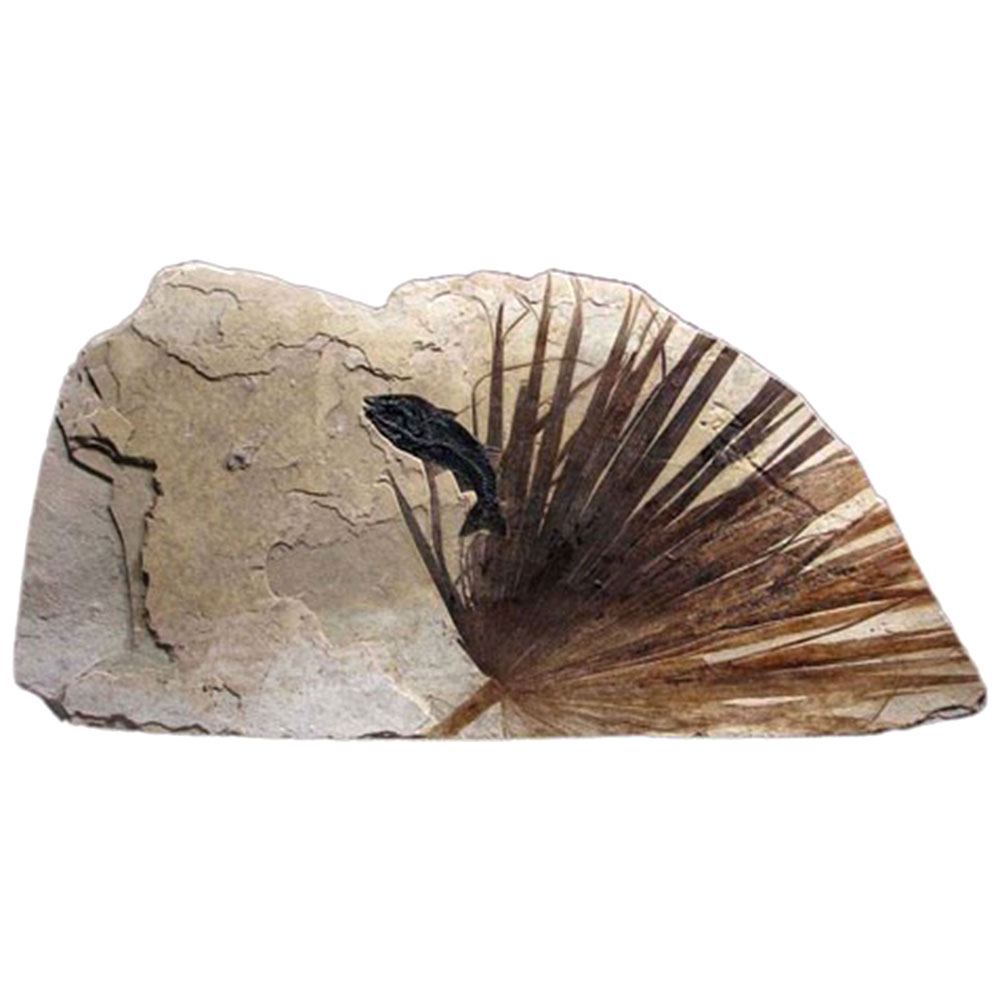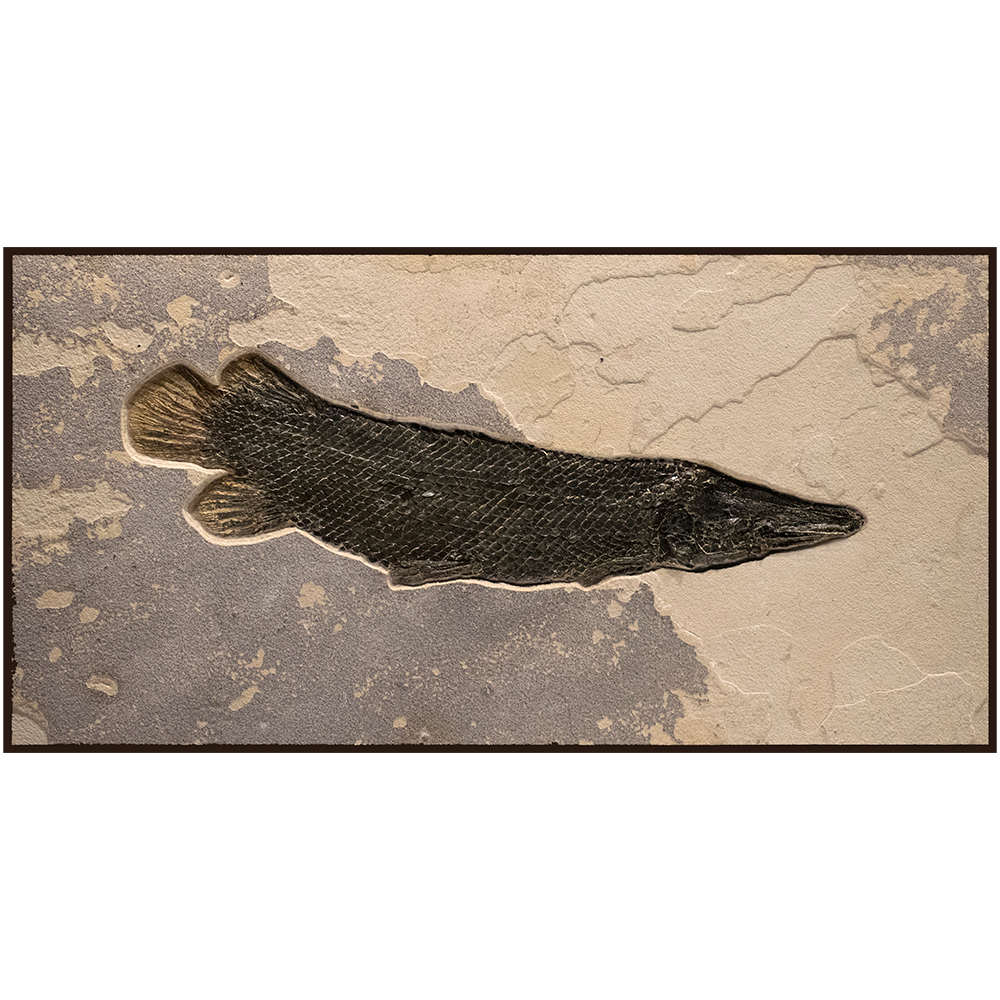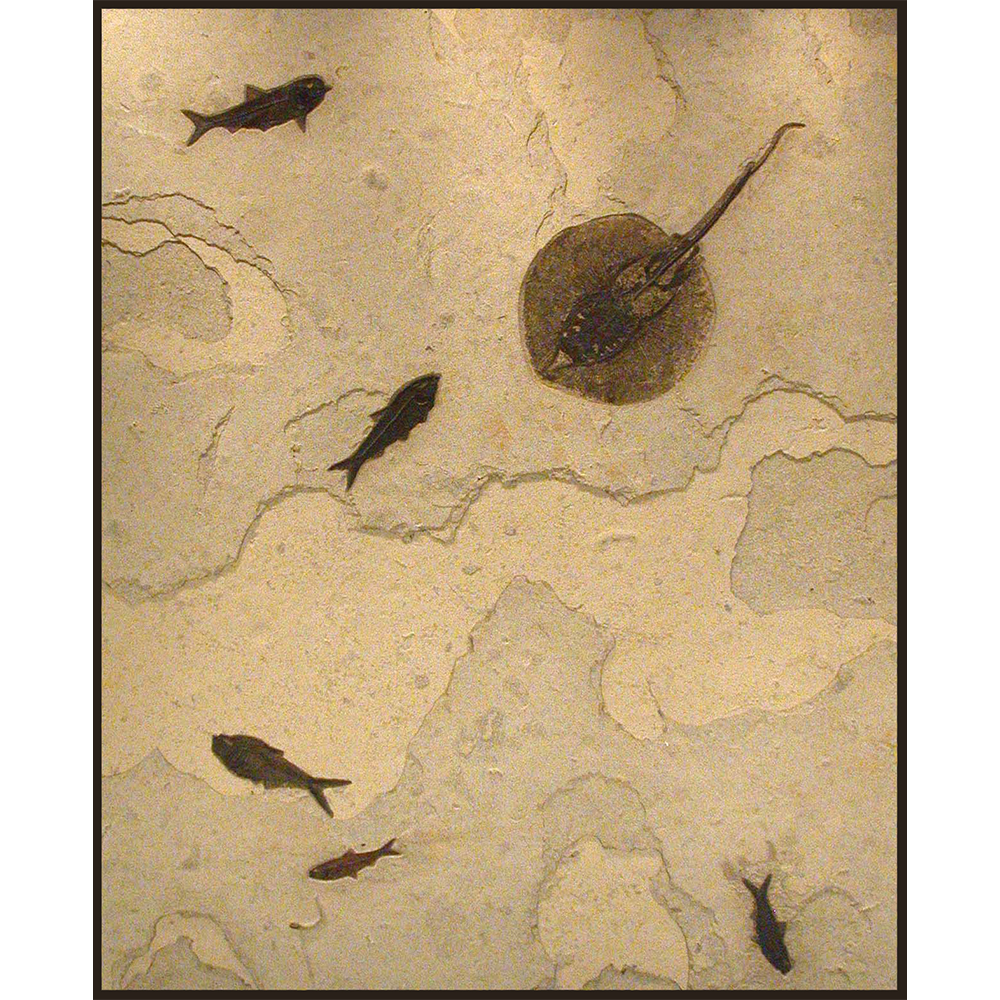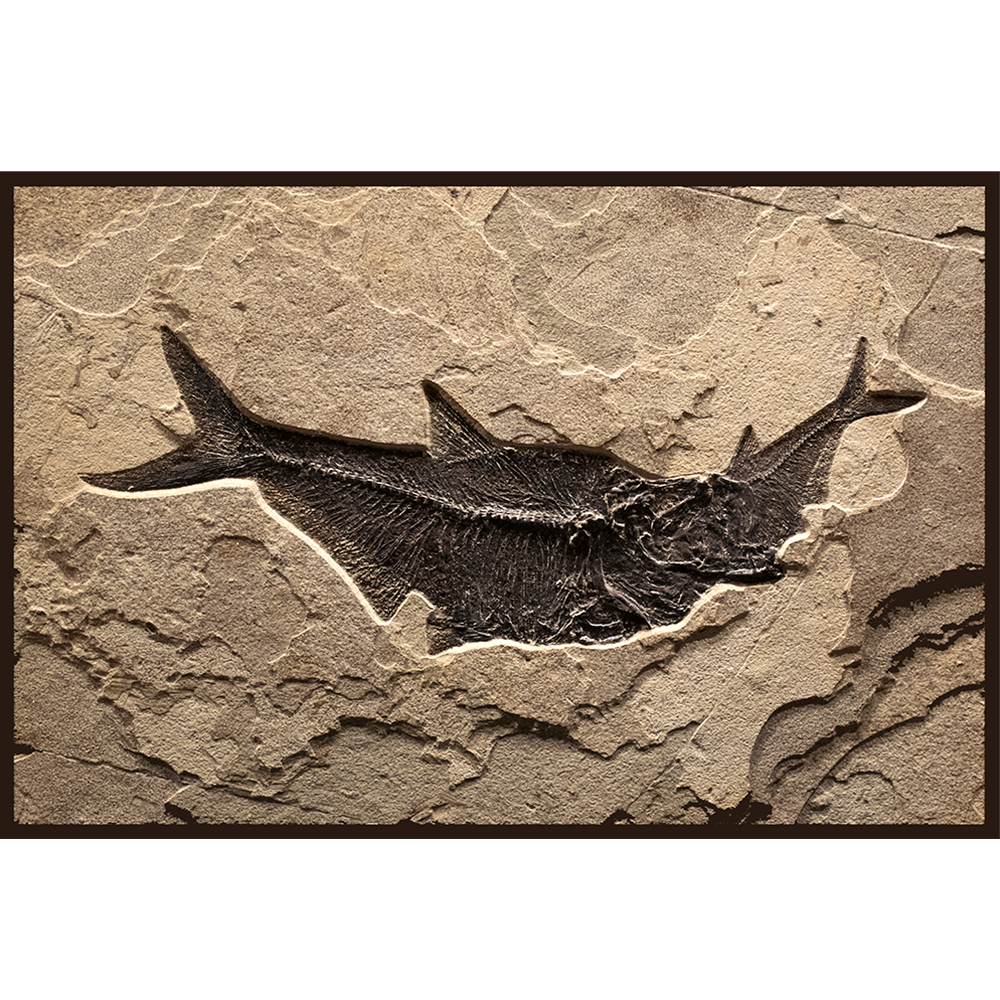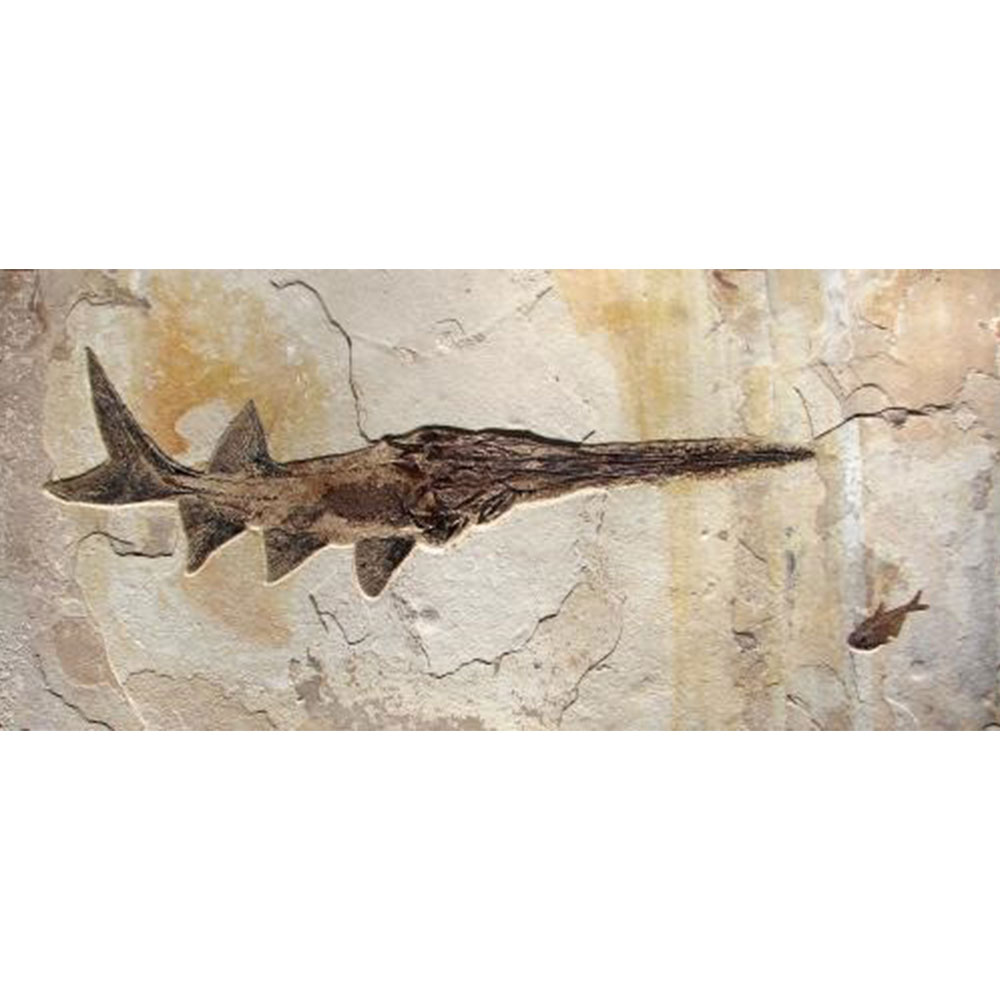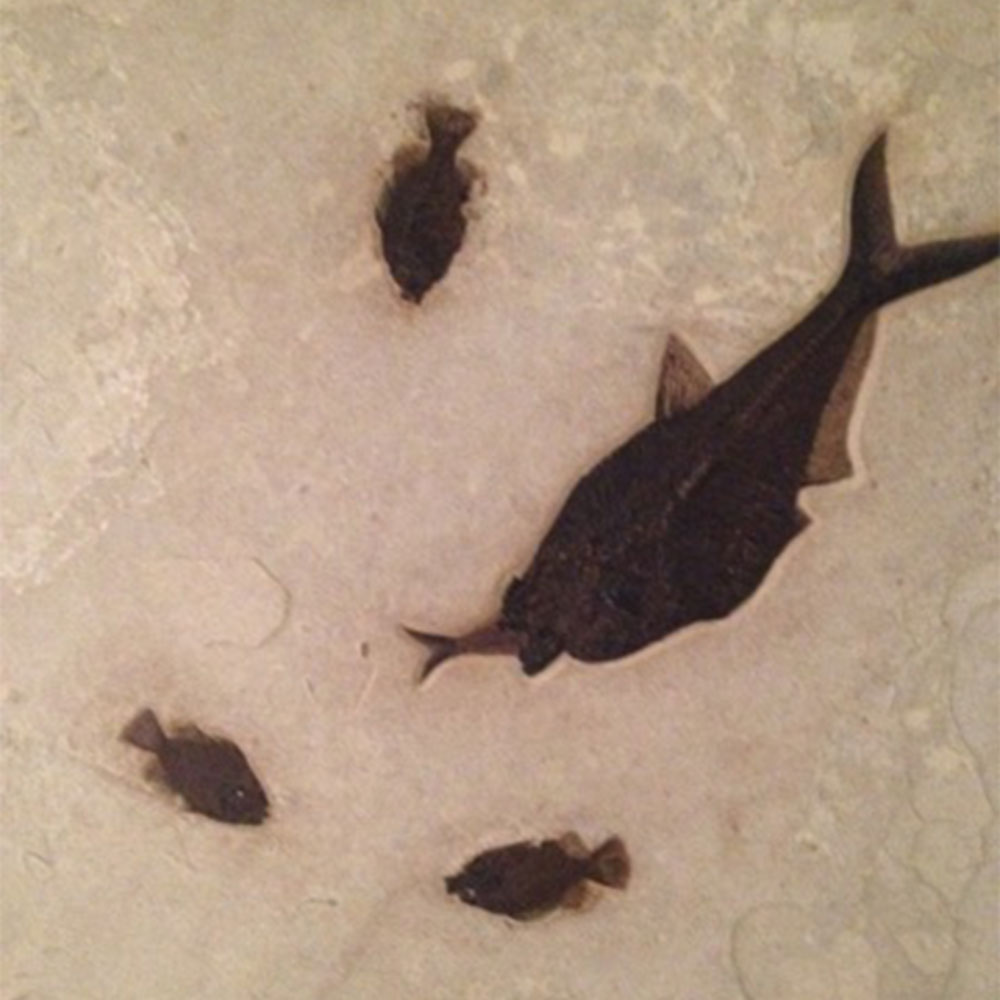Fossils from Green River Stone -
Arthur Wiener, the founder of WMODA, has many collecting interests. As well as his love for the fired arts, he is fascinated by nature’s art - fossils formed over 50 million years ago at the Green River formation in Wyoming. At his Hamptons home, Arthur has many rare fossil murals featuring prehistoric fish and plants, which guests can enjoy during our Art on Fire event on August 5.
These stunning examples of nature’s art come from the Green River Stone company which has a private quarry in Wyoming and a laboratory in Utah where they do all the preparation work to produce spectacular murals for museums and private collectors. Co-founder Doug Miller will be at the Hamptons event to tell us about the rare specimens in the Wiener collection. Doug has a background in art and science which gives him a perspective on fossils as beautiful works of art, as well as important scientific discoveries. In his words, “Our fossil murals, sculptures and home interior products are beautiful to look at. We view them as natural works of art and thus we display them in galleries alongside other, more traditional, works of art. At the same time, fossils represent a one-of-a-kind prehistoric artifact, a snapshot in time. When prepared correctly, our fossils can offer significant information to the scientific community. We do our best to share that information.”
The uplifting of the Rocky Mountains in the Tertiary period created the Green River Formation with its diverse range of remarkably preserved faunal and floral fossils. In Southwestern Wyoming, fossil-rich calcium carbonate shale was deposited as sediment in a complex of freshwater lakes during the Eocene era around 50 million years ago. Green River is best known for its exquisite fish fossils, which were first discovered in this area during the 19th century. The excellent preservation is attributed to the great depth of the lakes and the anoxic conditions, which would have prevented scavengers from disturbing the dead fish. The Wiener collection of fossil fish contains exceptional examples of the more common species as well as the rare, which include the largest Gar ever discovered and an aspiration showing one fish eating another fish.
During the Eocene era, based on the fossil record, the region was sub-tropical to temperate and there are some spectacular palm fronds and other well-preserved plants in the Wiener collection. The fossilized Lotus flowers, floating water lilies, are considered exceptionally rare as is the small mural containing a Damselfly, which is among the insects from the formation still awaiting full scientific description.


